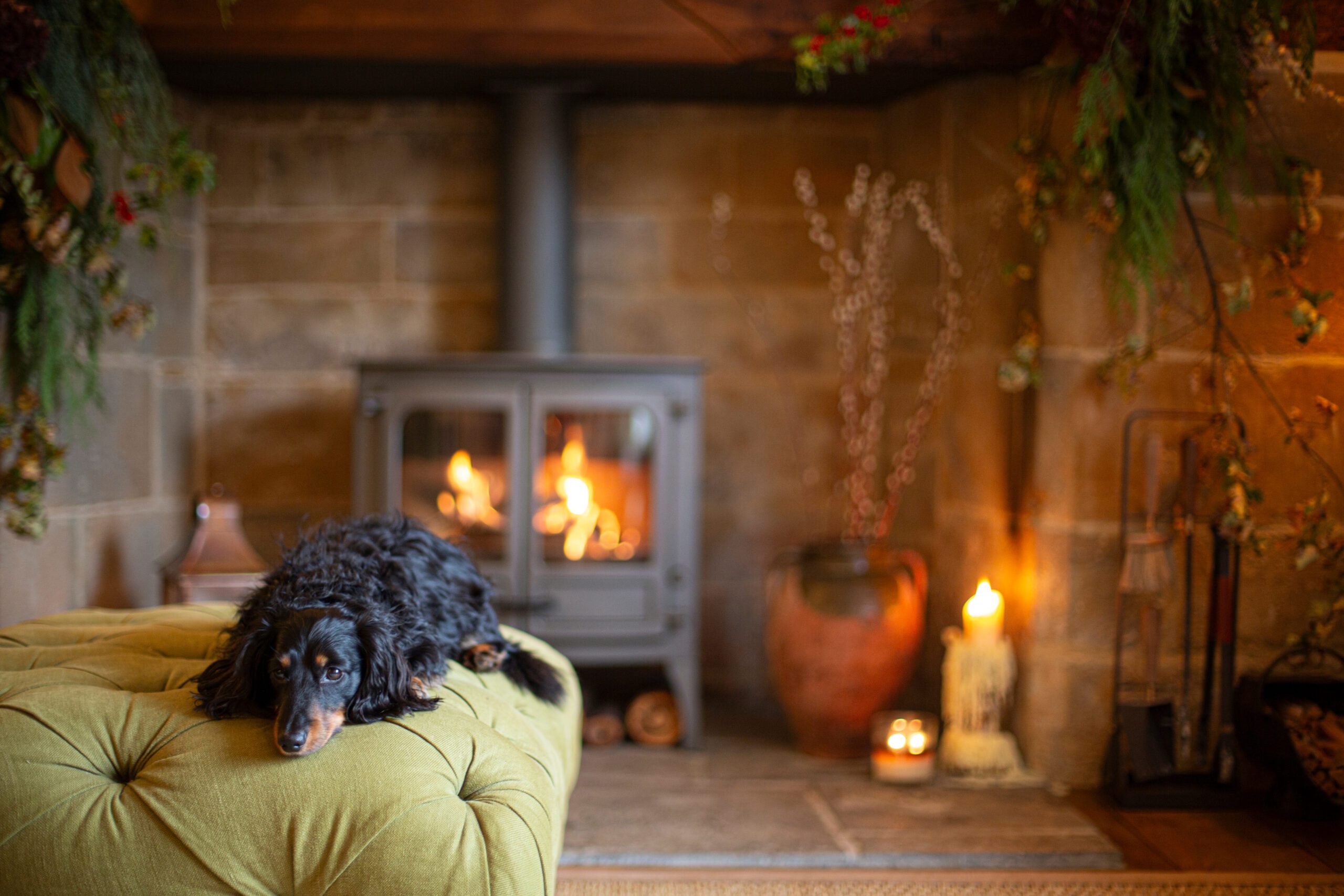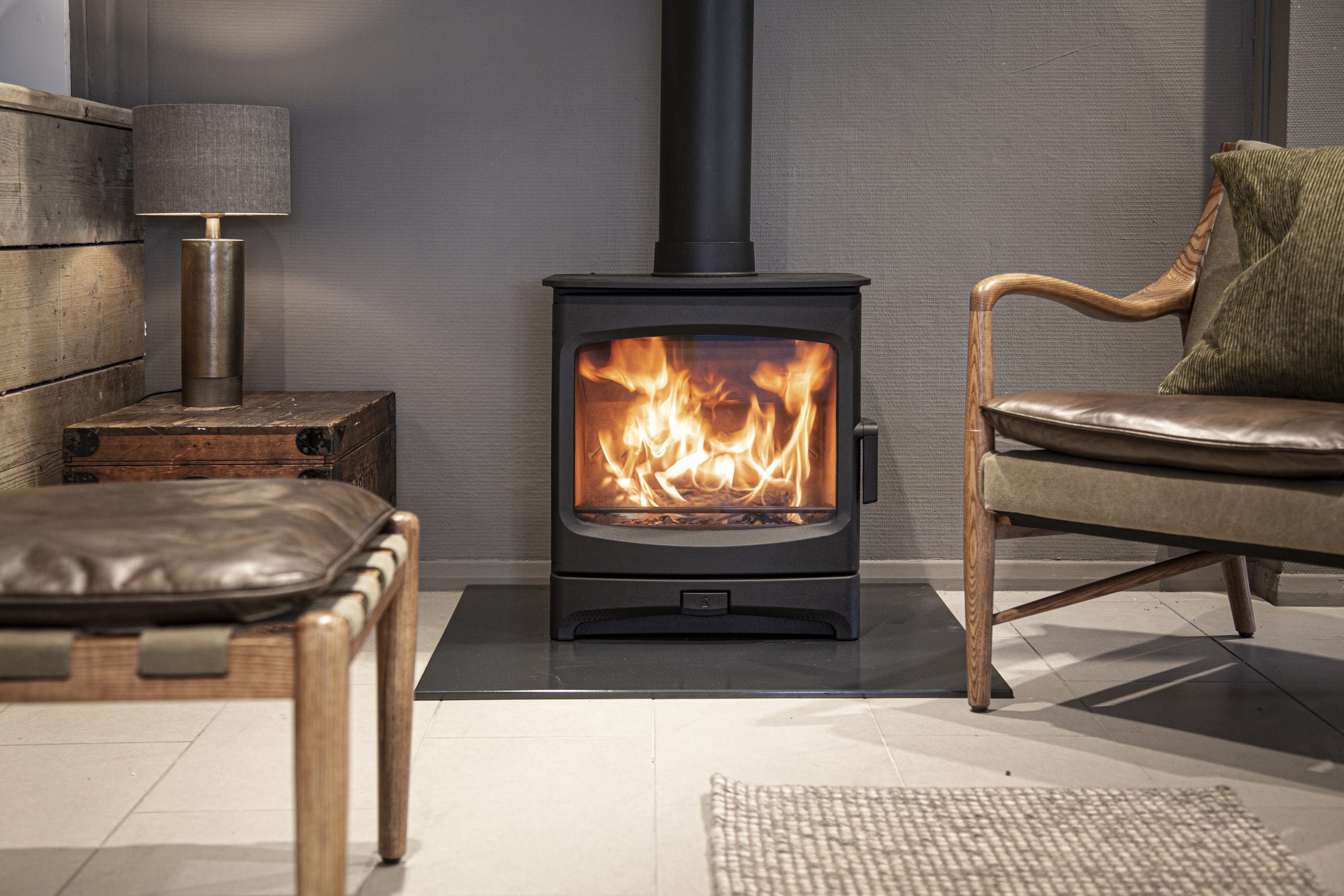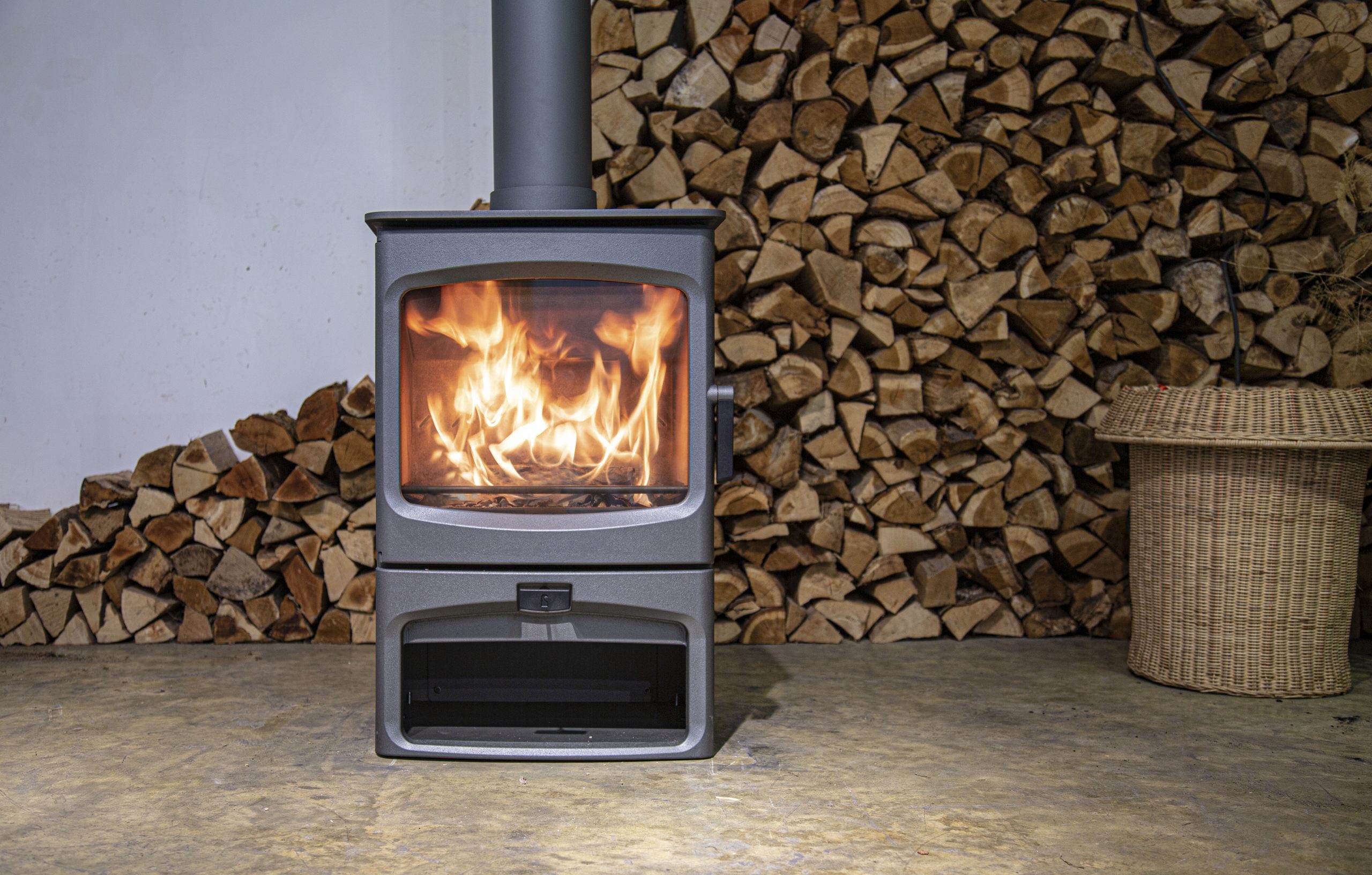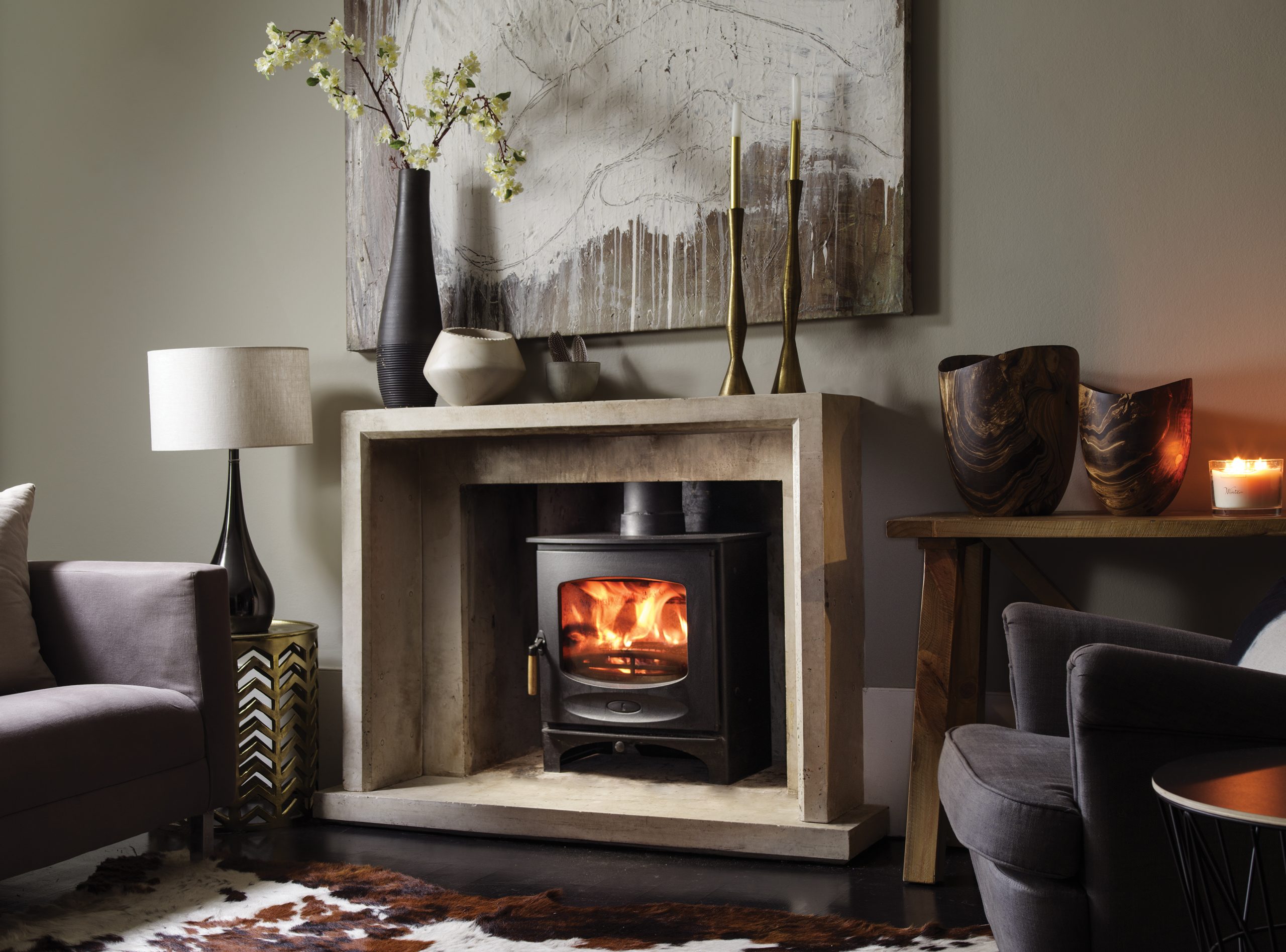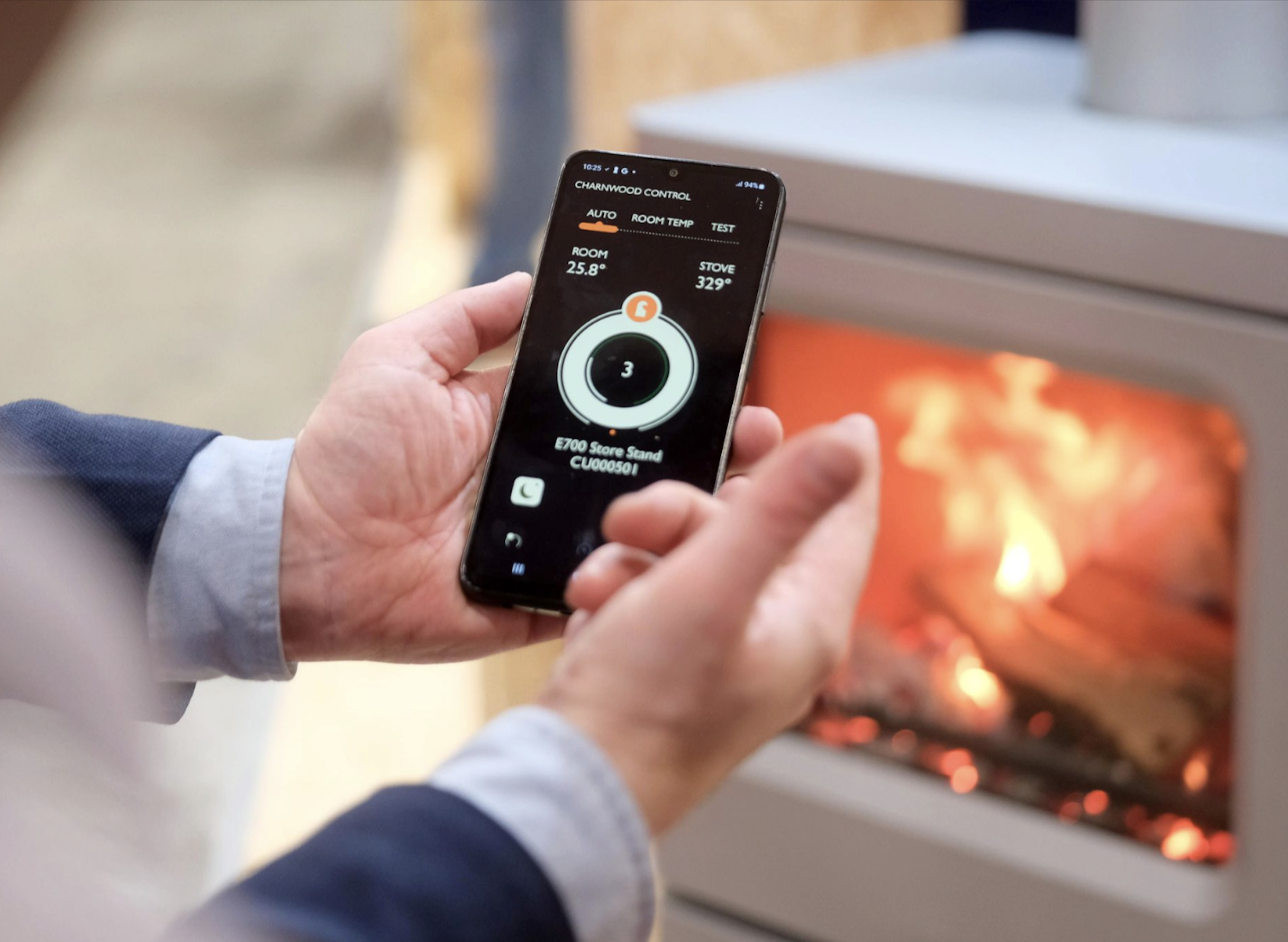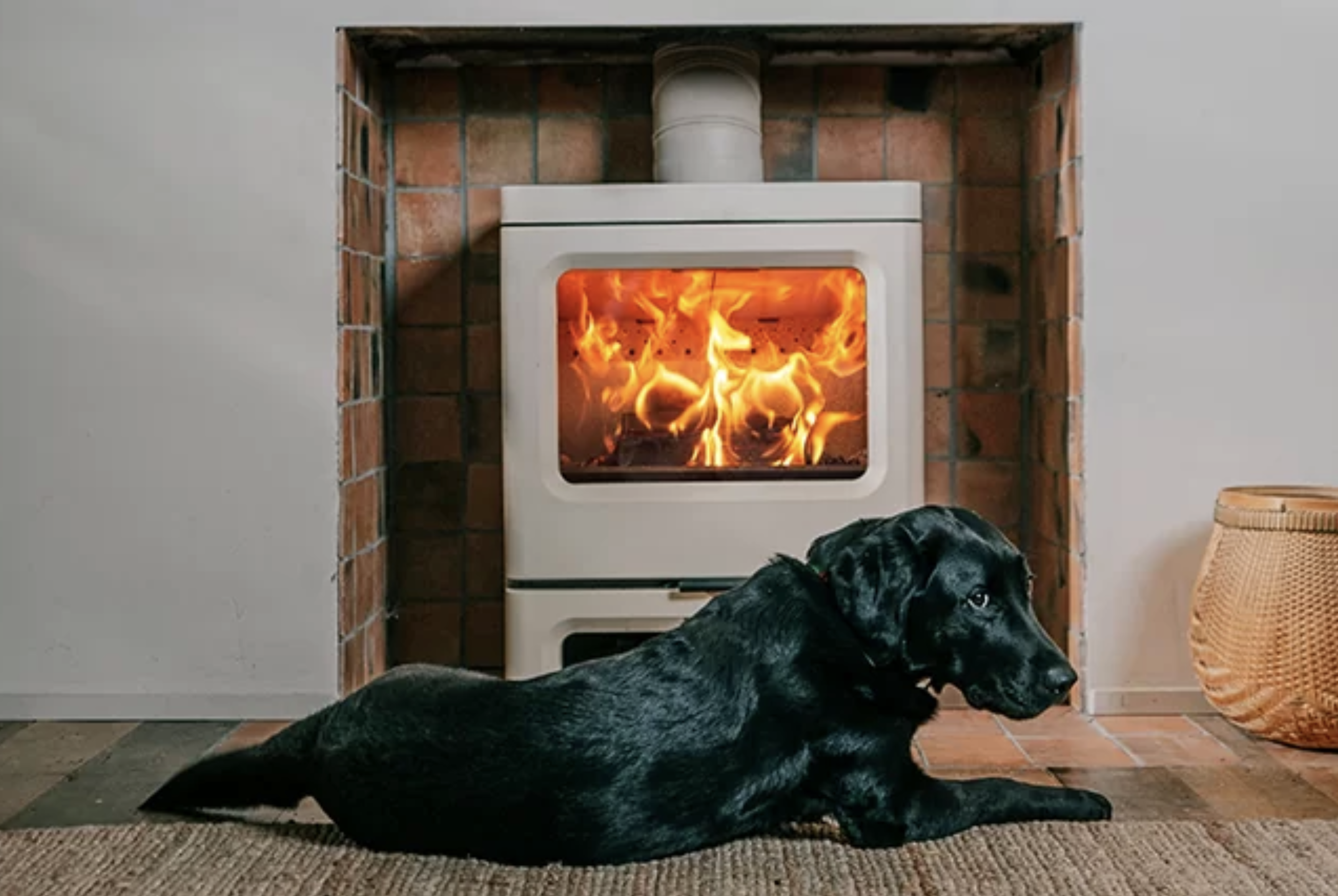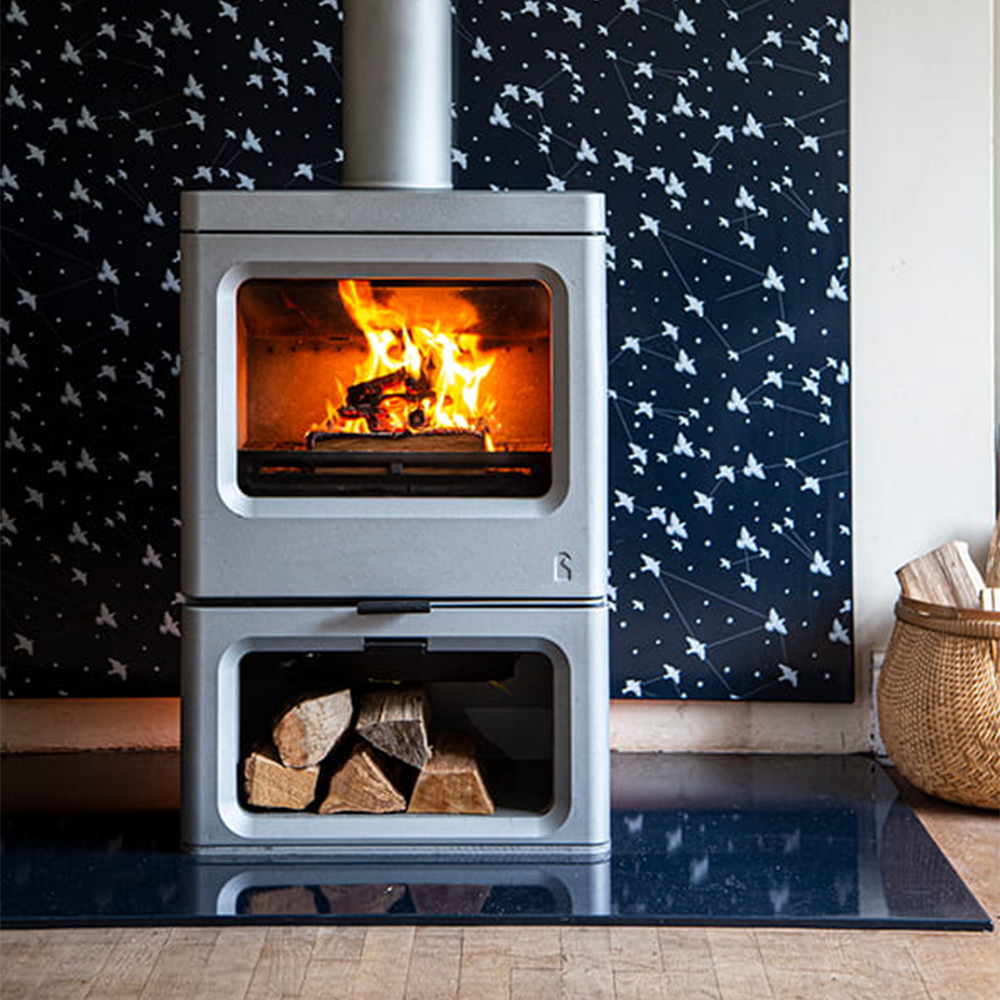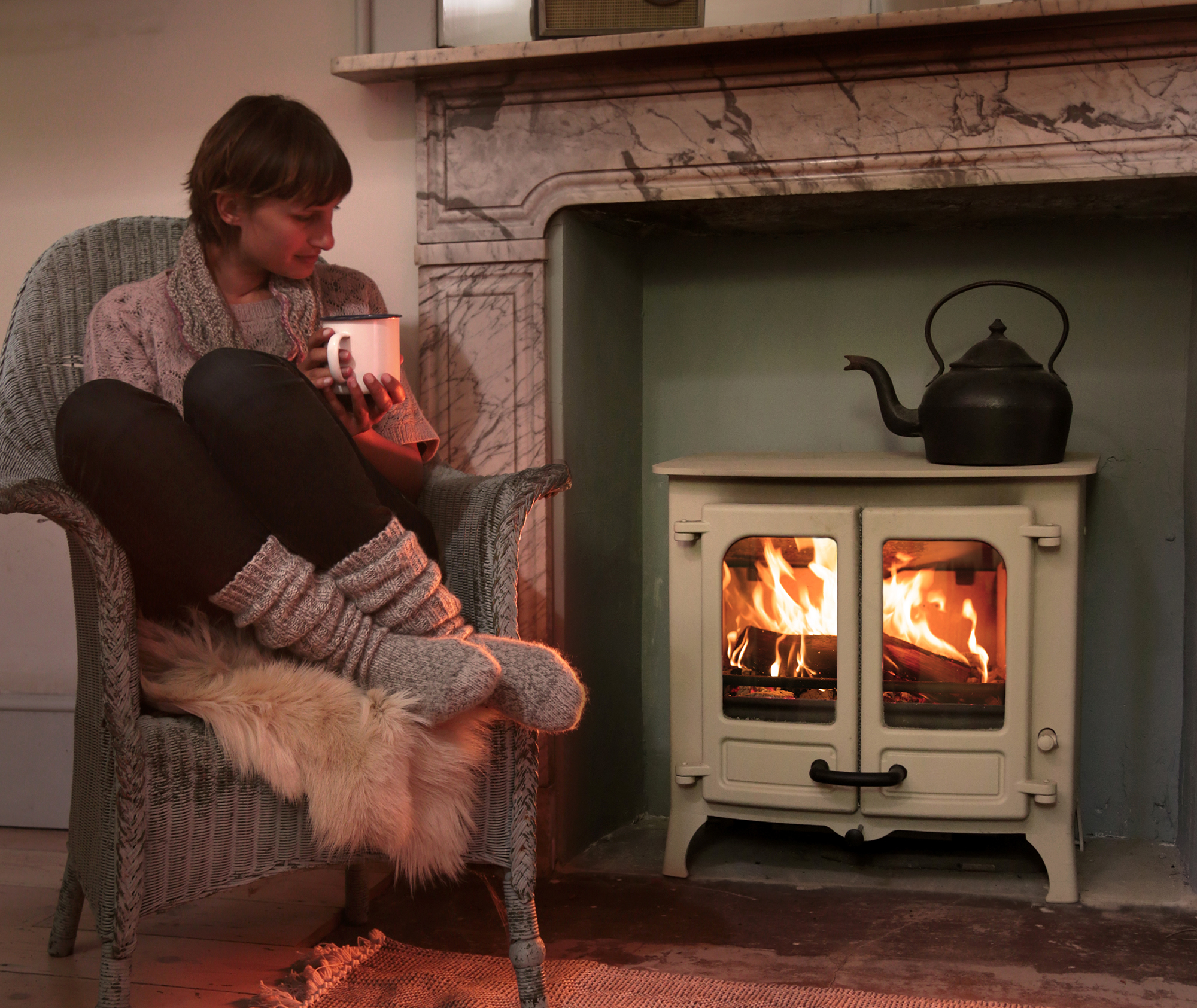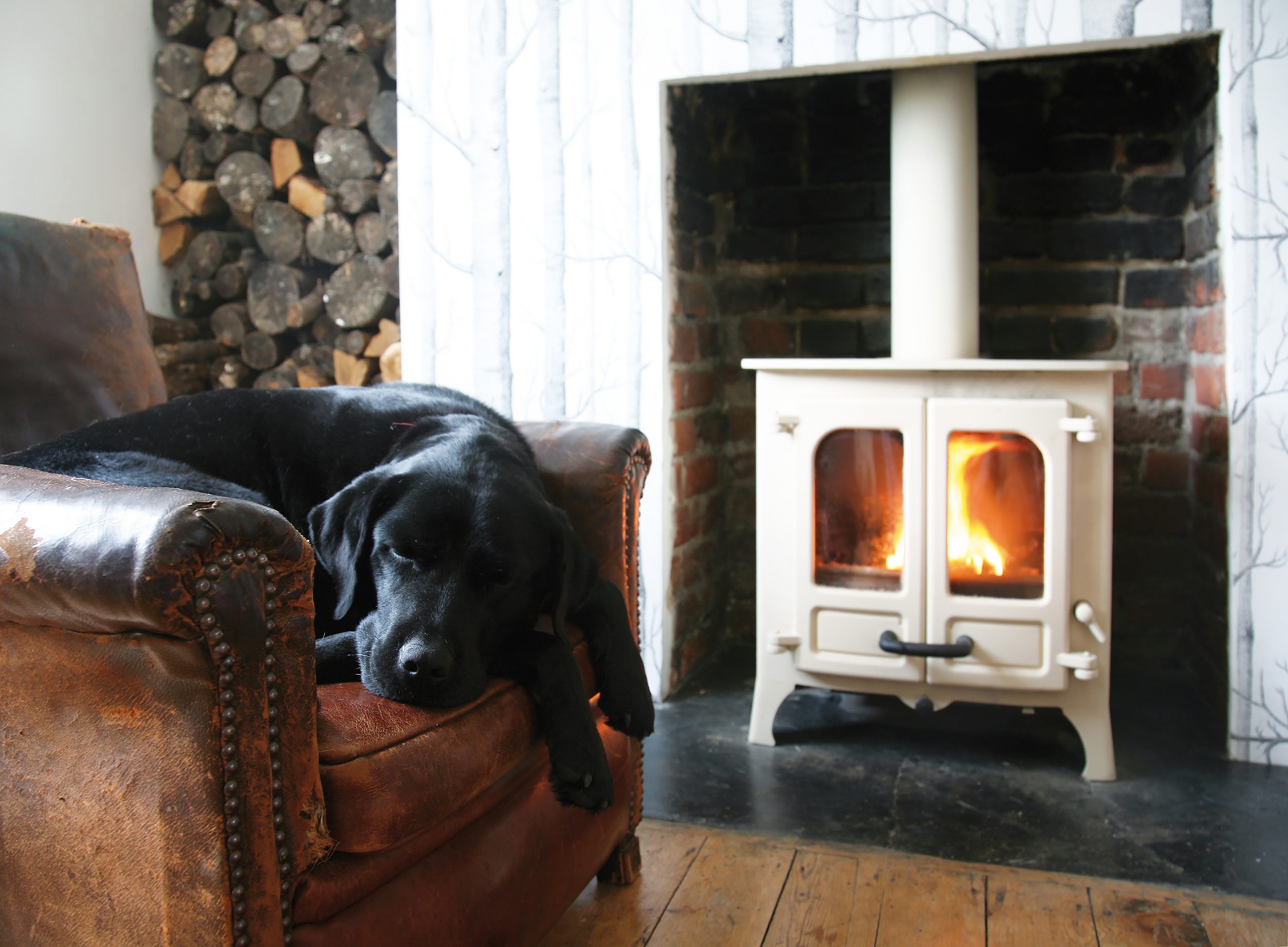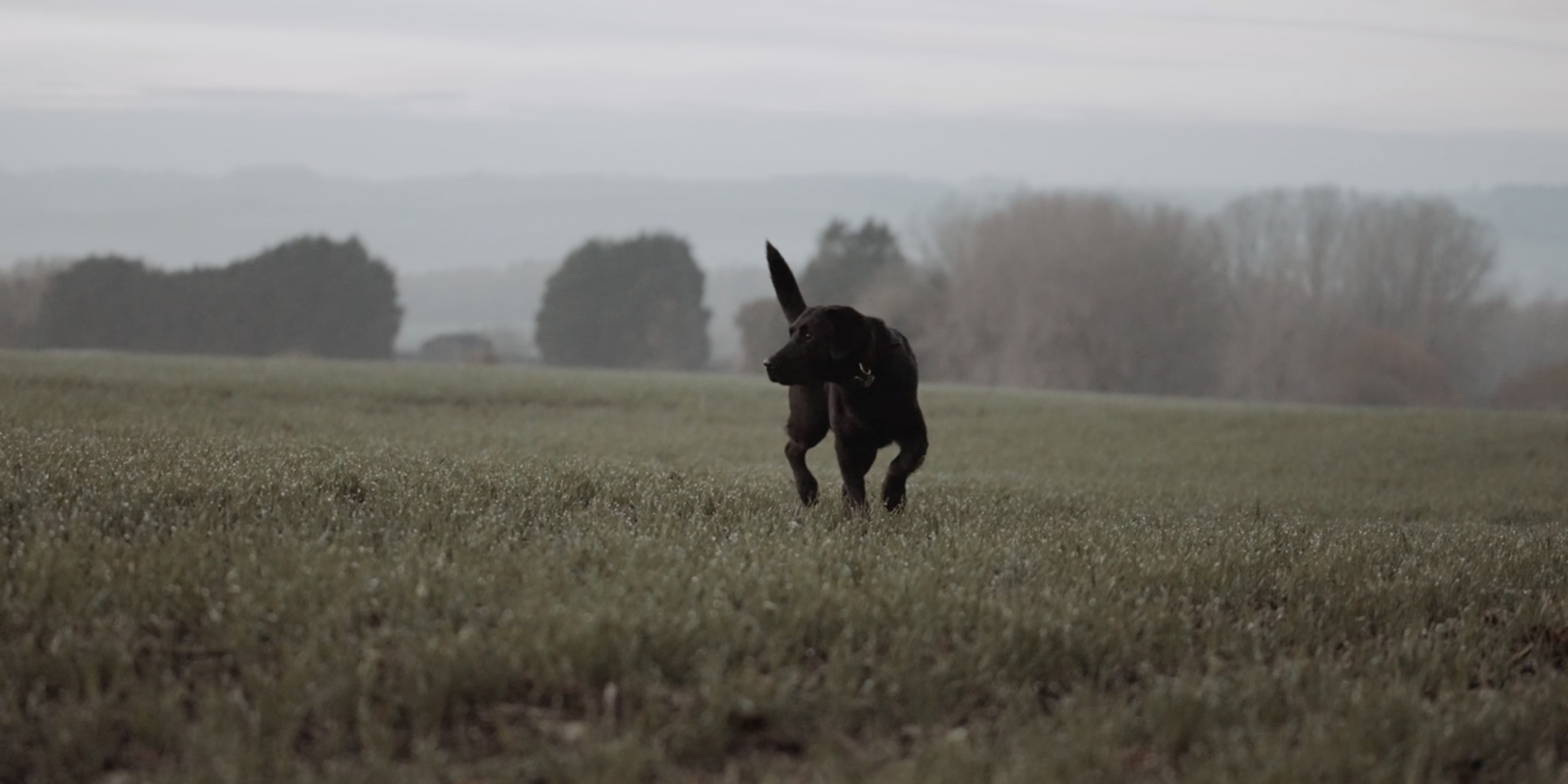Come to me, all you who are weary and burdened, and I will give you rest. Take my yoke upon you and learn from me, for I am gentle and humble in heart, and you will find rest for your souls. (Matthew 11:28-30)
As a child of immigrants, I was raised with the mantra of hard work, the significance of which was drilled in like instructions from your dentist to floss. You may roll your eyes, but the nagging guilt of that instruction stays with you. This mantra was a way of keeping the bar high and navigating the uncertainty that life presents, especially within the context of being foreigners in an unknown land. Being brought up within this philosophy brings both said and unsaid pressures that have somehow been embedded into my subconscious for which, in many ways, I am grateful. It has certainly resulted in a tenacity to keep going when others might give up. However, it has often been observed by friends, and as I grow older, by myself, that I sometimes do not know when to relax and take a self-care day. In those moments when I fall sick, and it becomes hard work to go further than my front door, the imposed need to rest makes me consider this idea more seriously.
Maybe the benefits of rest could be usefully written into government legislation, but perhaps making something like rest compulsory is a bit counterintuitive, and even a little Orwellian? French culture traditionally holds August as the month of rest, an unofficial cultural guidance that began with the universal closure of factories. There is something not only charming but infinitely practical to this ritual, which seems synchronistic to the psychologist’s definition of rest, which includes giving consideration to physical, mental, sensory, creative, emotional, social and spiritual needs. These categories give us a benchmark to examine our needs, away from tearing through each day with the pressure for results. In a recent study of hospice patients, some of the key findings were, “I wish I’d had the courage to live a life true to myself, not the life others expected of me;” “I wish I’d had the courage to express my feelings” and “I wish that I had let myself be happier.”
It was only as recently as 1994 that Sunday trading was legalised, so the official day of rest and by default the observance of the tradition of Sunday Sabbath was overturned. As we regard with disappointment in many parts of the country the social loss of community, reflected in declining attendance to church which was once a common place for us to meet and reflect on the week. Where people from all backgrounds and walks of life shared not only their faith but time with the wider church family, forging relationships over the passing of time and giving people the rest from the preoccupations of the week. The loss for many of this ‘home’ has led to a pandemic of isolation and loneliness, which we can see in studies of the increasing levels of anxiety across different age groups. In the book The Ruthless Elimination of Hurry, author John Mark Comer says “Ultimately, nothing in this life, apart from God, can satisfy our desires. Tragically, we continue to chase after our desires ad infinitum. The result? A chronic state of restlessness or, worse, angst, anger, anxiety, disillusionment, depression—all of which lead to a life of hurry, a life of busyness, overload, shopping, materialism, careerism, a life of more…which in turn makes us even more restless. And the cycle spirals out of control.”
It seems that this materialistic demand to be productive is so ingrained in our culture, the quest for perfection in both our working and personal lives seems so relentless that we suffer from a need to ‘do’. A recent anecdote from a psychologist who had suggested his patient, a GP, needed to take a rest from work, scheduled an intense itinerary of art galleries and a busy social diary in place of work. This was not the rest that had been suggested, but this GP is not alone. Though we are now, more than ever, aware of the many practices that we can undertake in order to relax, from practising mindfulness to yoga and other such rituals that keep us focused in the present moment, it can be that the idea of actively telling yourself to be more zen can feel like pressure for another task to check on a list.
Certainly, the ability to relax and detach is a process that can ultimately lead to greater productivity, particularly when faced with the brick wall of over-exhaustion. In times of total tiredness, the notable moments can be found in the wonder of small everyday moments. The philosophy of Lao Tzu, and specifically the ‘art of not trying’ or ‘Wu-Wei,’ examines effortless action. This is best captured by trying to visualise each moment as an uncarved block, so giving your attention to treating each moment without judgment, free from the mental landscape of our mind. It almost advises one to be more childlike in the wonderment that comes with things anew. The belief that with the approach of being, as the Daoists say, in a state of flow where spontaneity isn’t stopped by the conscious mind and more is achieved by this nonconscious dominated way of thinking. The beauty in Wu Wei is a consideration for being part of a whole landscape. This state of flow is found through time spent walking in nature, staring out at the ocean or contemplating a fire rather than activities that involve more intensely obvious achievable, say, like climbing a mountain.
With this in mind, taking a walk through the summer heat I noticed a butterfly in camouflage. In sensitivity to its surroundings, it was hiding its beautiful wings and then reopened them when it felt the environment was safe enough to do so. Taking the time to observe nature in these fleeting moments, although I have seen countless butterflies, does in fact create a restful joy. The all-encompassing delicate butterfly, when taking the time to fully observe, quietened my mind from thinking about how to relax to just feeling it. This patient observation suggested to me that just going slower has such an important place in well-being. Perhaps without applying the classic New Year’s Resolutions to our lives, it’s just about looking. Nature is infinite in its opportunity for observation, from the discovery of tree names, new plants, watching birds chit chat in the park, there is a flow to nature that we are part of but so often we feel so separate from. These small simple moments, bring me to think about lighting a fire and the ability to rest and reset. The very process of lighting a stove, the drawing of the kindling and wood together before the fire is even lit, brings with it a feeling of just being in the moment, as using our hands and moving our body is very much part of the interaction needed to create that glowing fire. At Charnwood, we think about the building of stoves with these moments in mind and with an integral thought to the holistic picture of the environment and creating rest within a ‘hurried world’. We are given permission each time with a fire to rest and gaze, so it seems that the simple answer to rest is really to spend time truly looking.
Why Choose Charnwood?
For over 50 years, Charnwood has been a leader in crafting high-quality wood-burning stoves. Our commitment to innovation, sustainability, and customer satisfaction ensures that we offer products that not only meet but exceed expectations. Whether you’re looking for a traditional stove or the advanced Skye E700, Charnwood has the perfect solution to keep your home warm and truly restful.
For more information or to explore our range of stoves, visit our website or speak to an official Charnwood dealer for guidance on what will best suit your space and other requirements.

